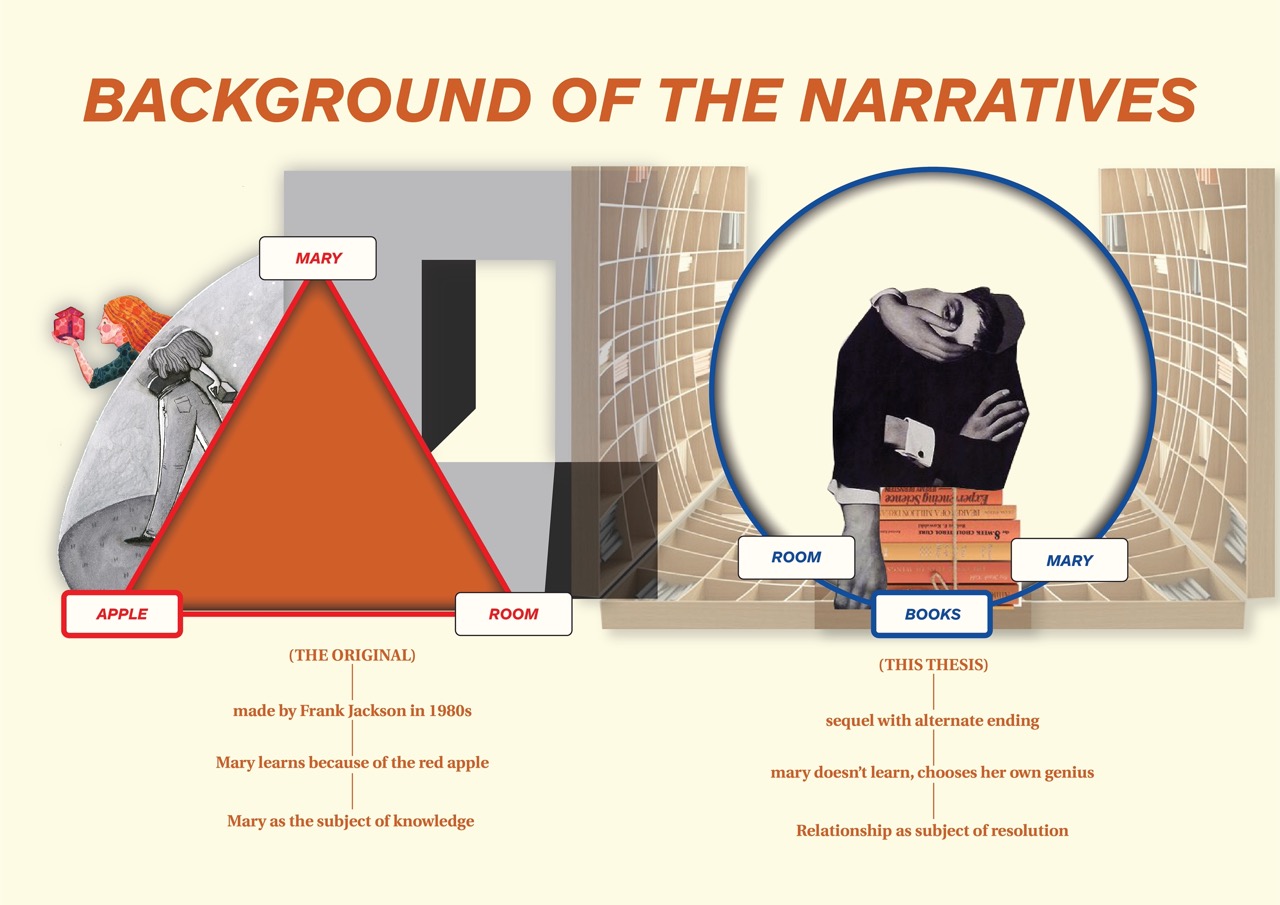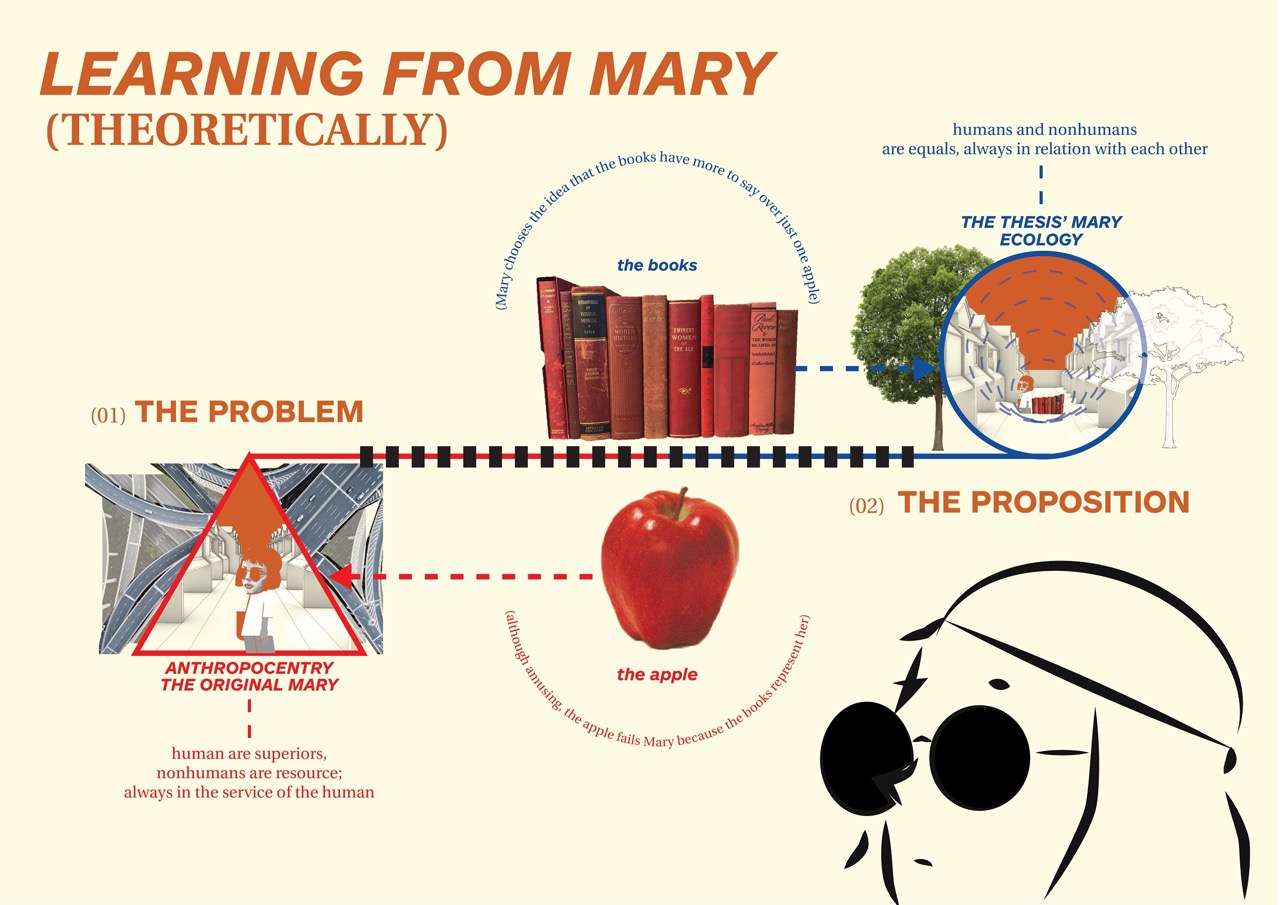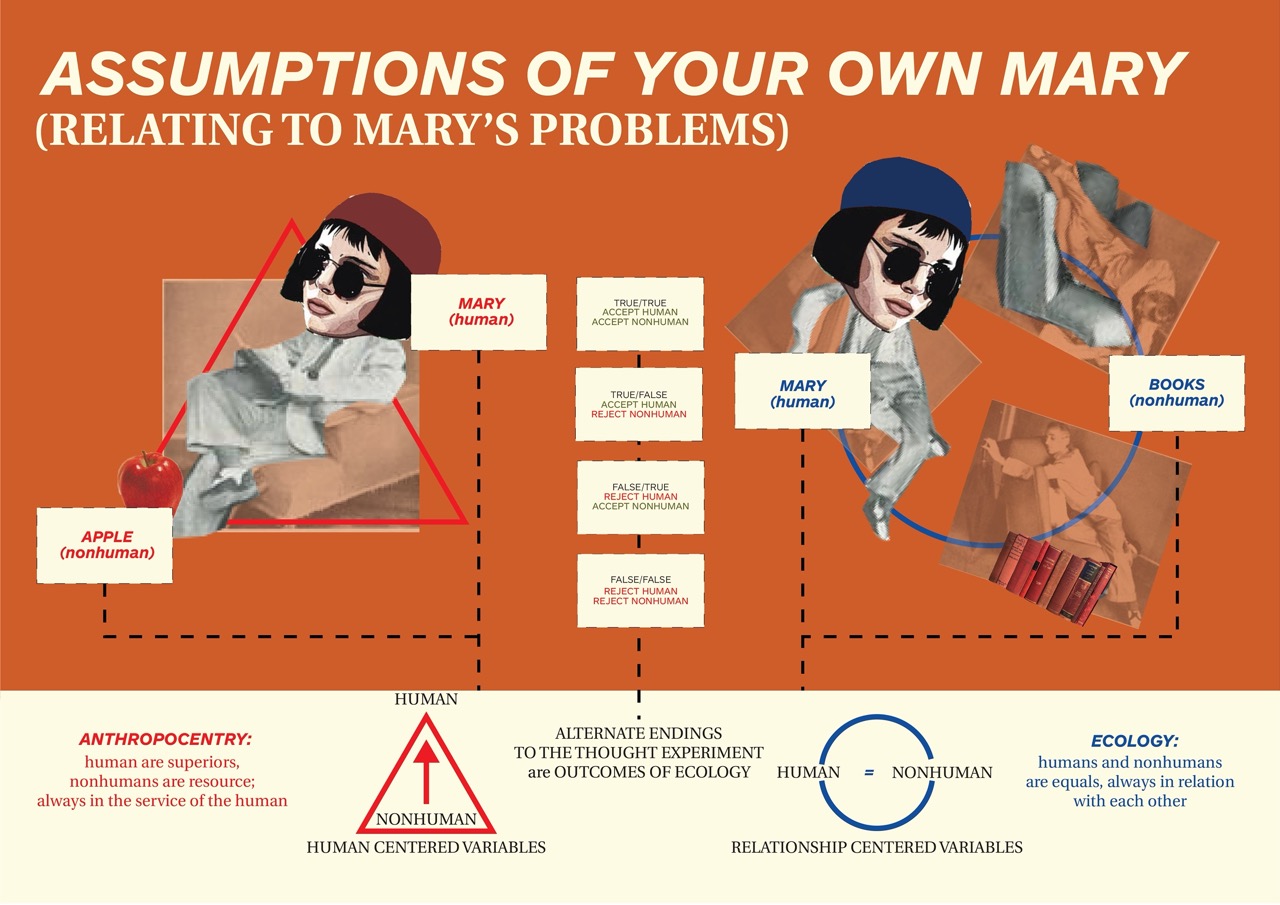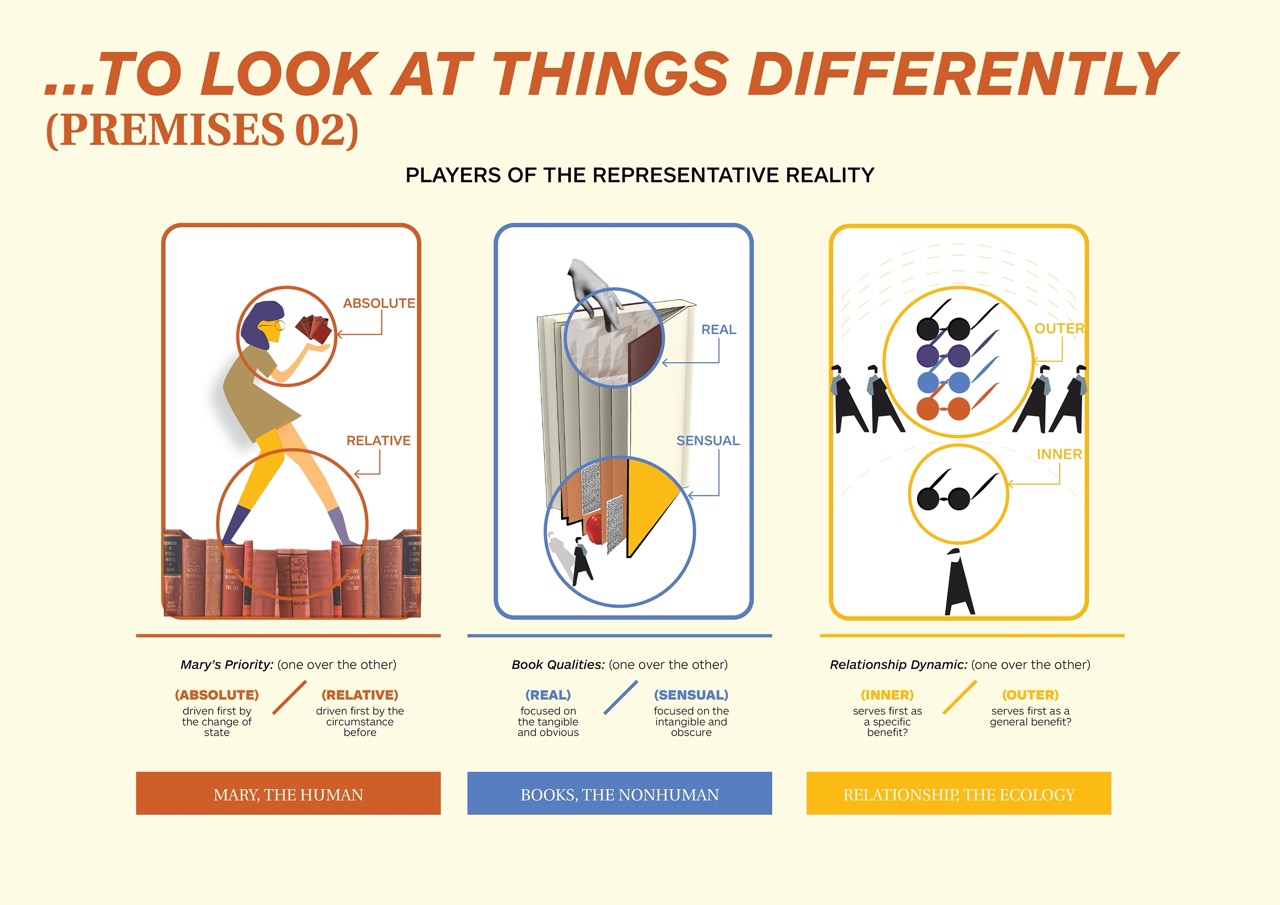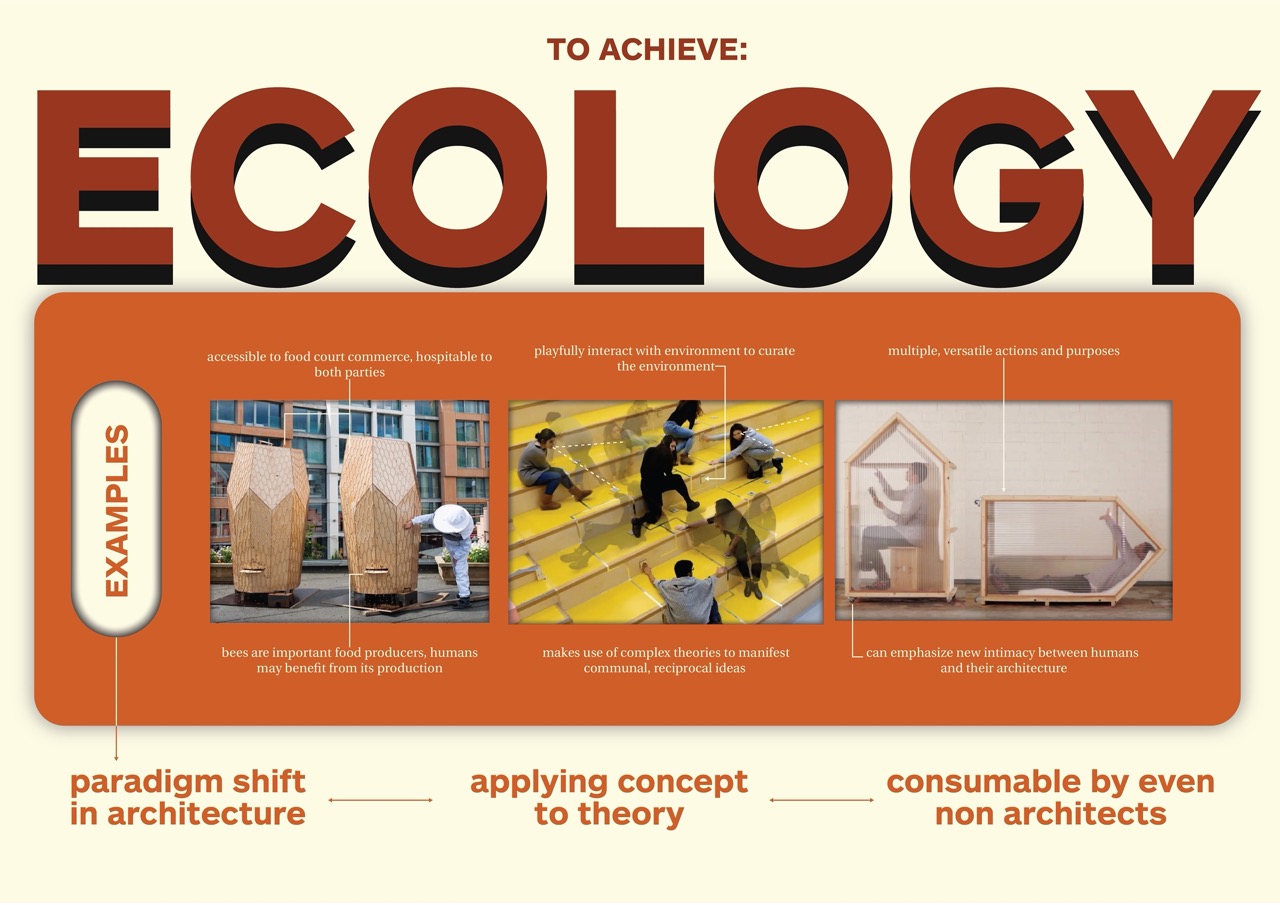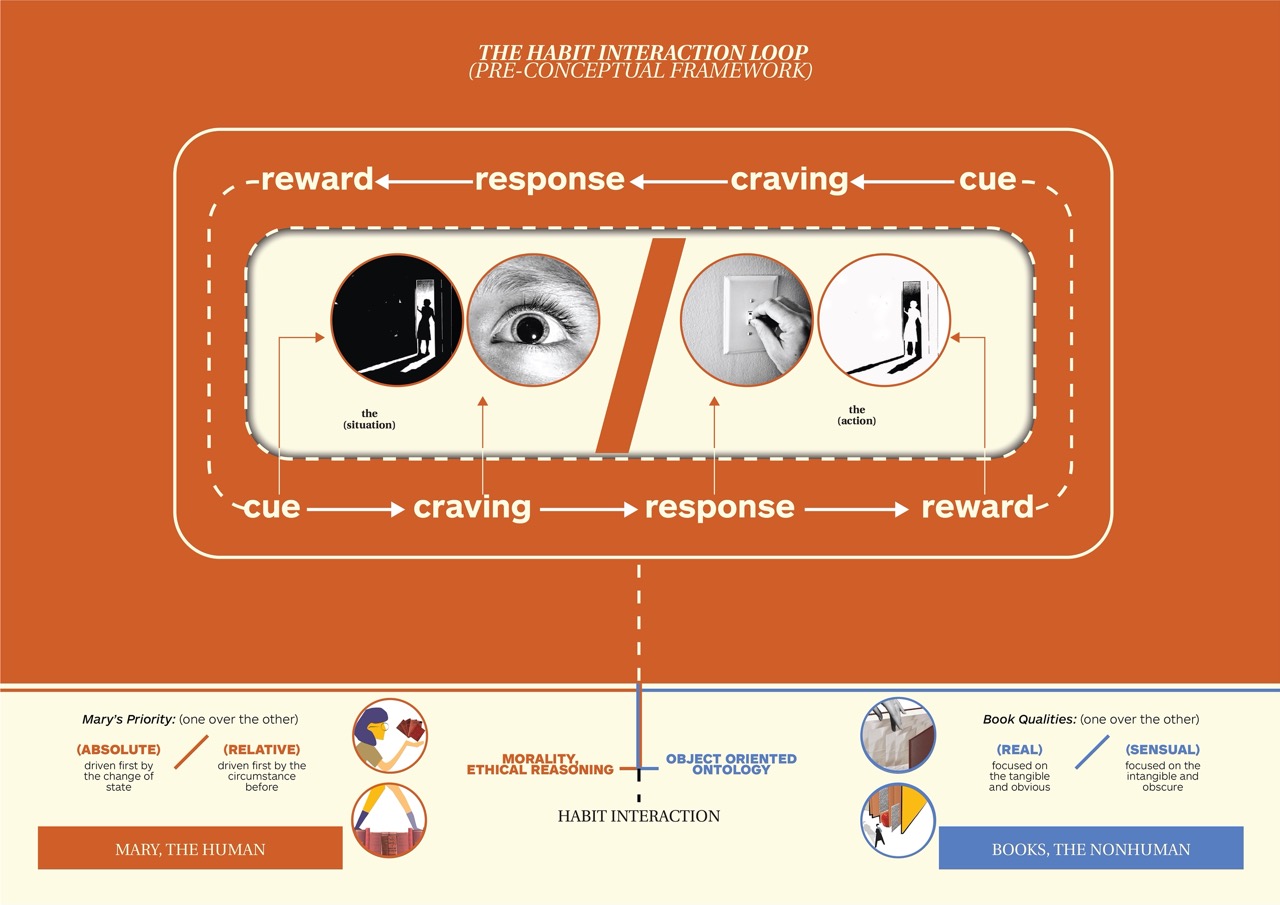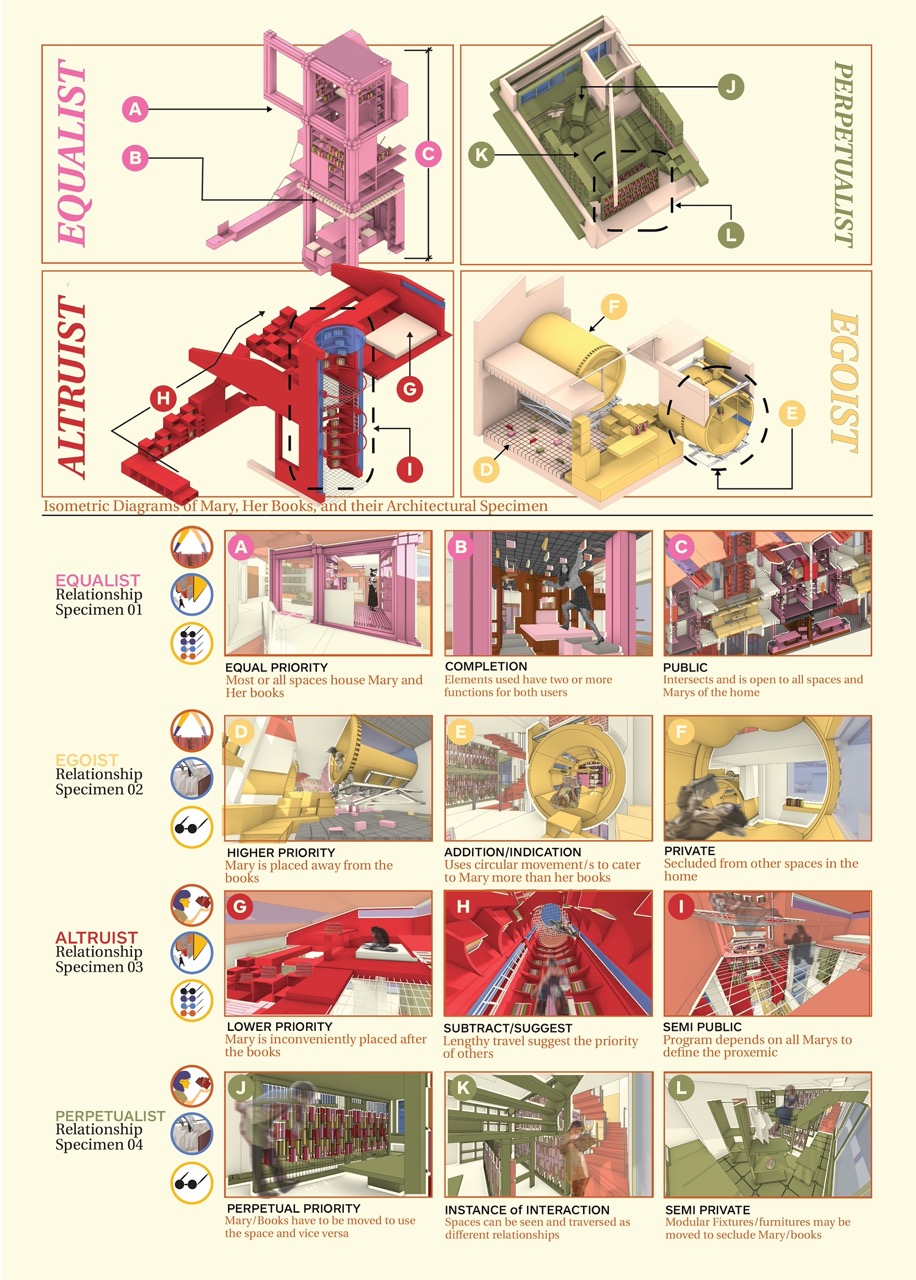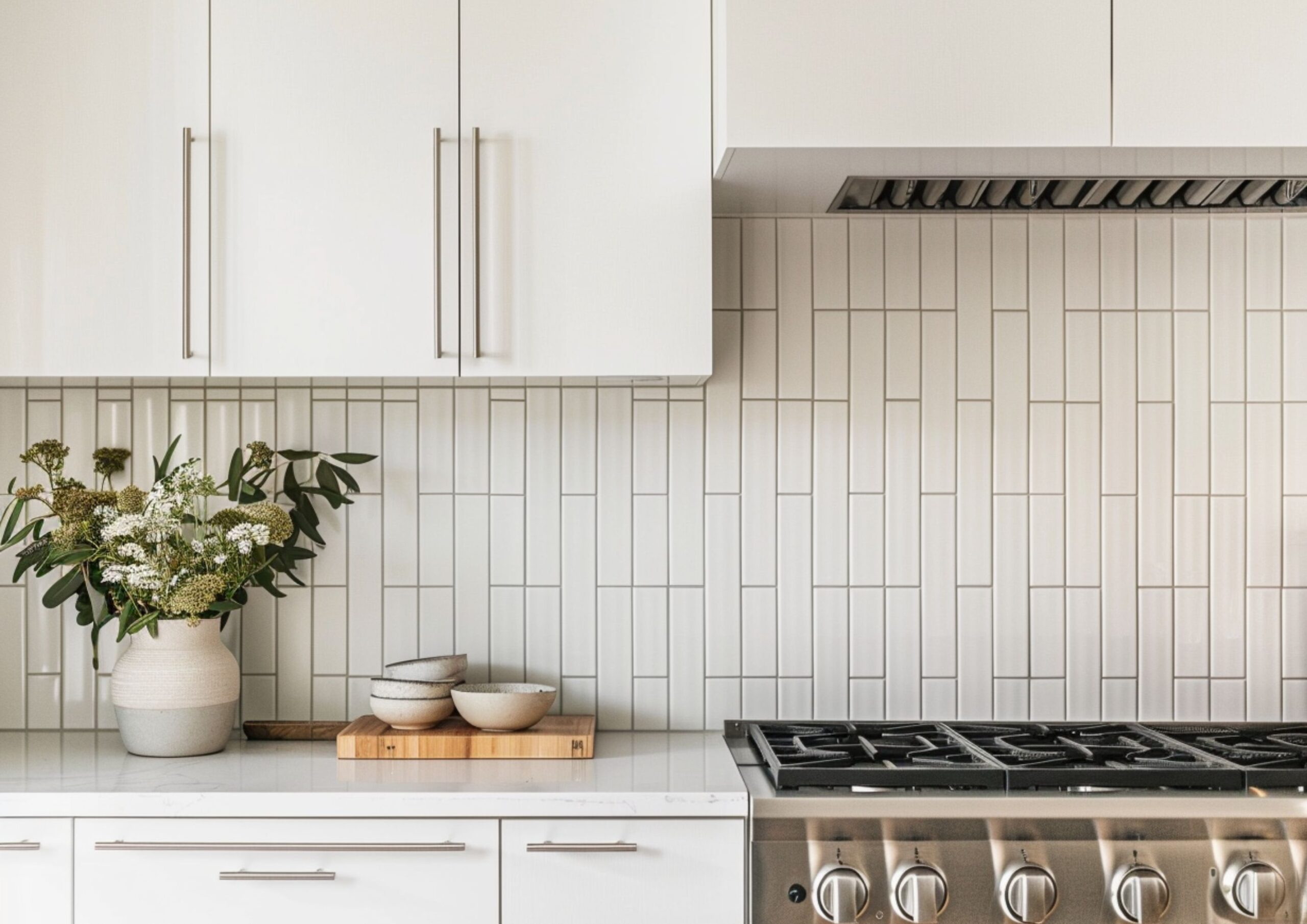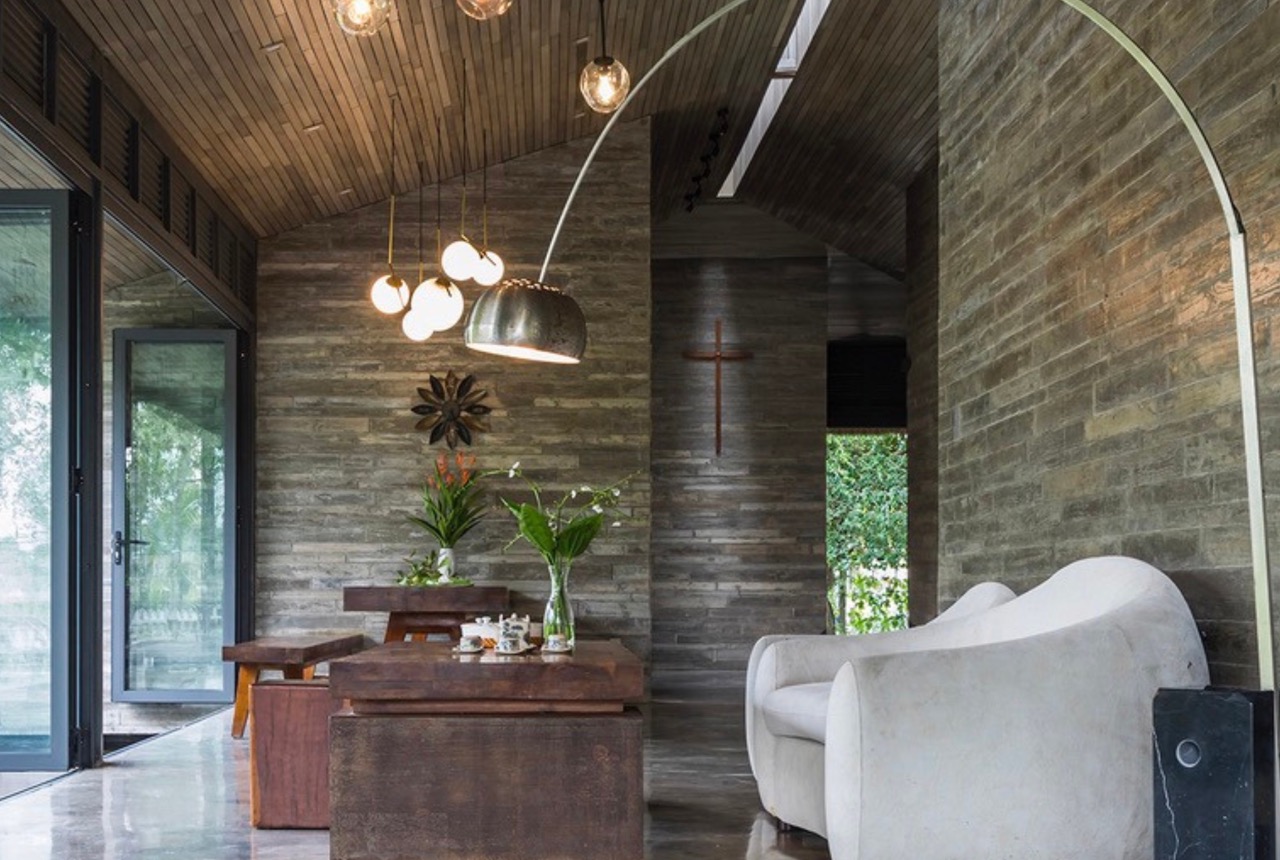Ever wonder how lighting can transform your home’s interior? It’s more than just positioning light fixtures (though that’s important too!). Unlike color psychology, the effects of lighting are surprisingly versatile and impactful. And the real reason is actually just hiding in plain sight—LED light bulbs. But it’s not like you have to go through the […]
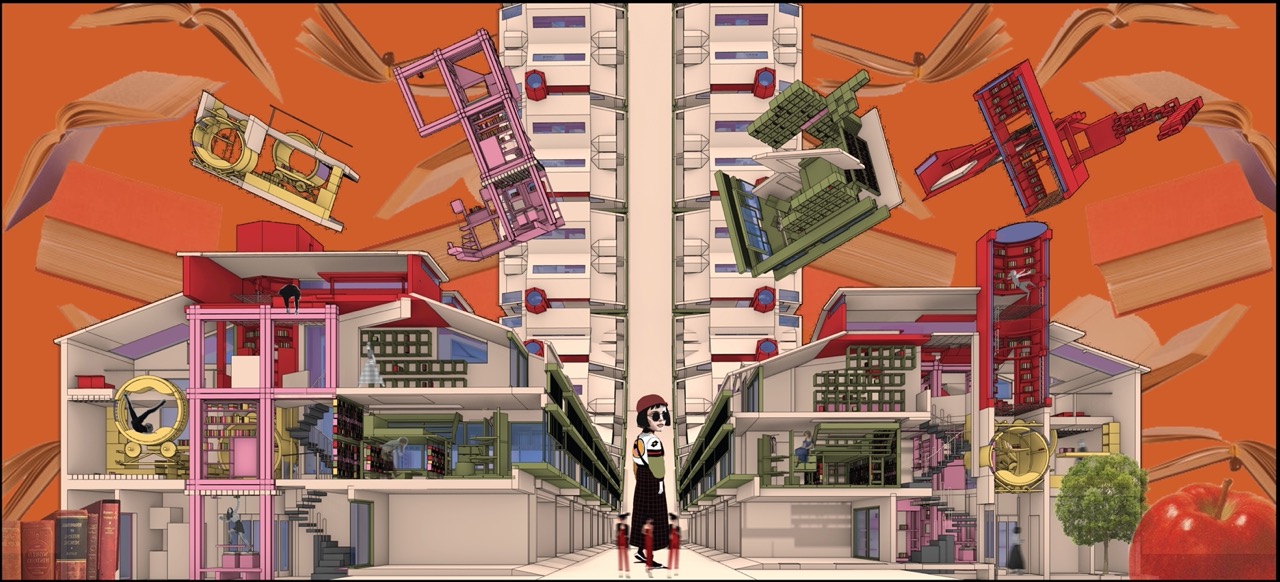
“Conversations with Mary” Explores the Relationships Between People and Space
CSB’s Design Exploration class presents a different approach to architectural education. It challenges the conventional notions of the practice in pursuit of the creation of imaginative works from its students. Javi Zagala presents his thesis, “Conversations with Mary”, an architectural project that tackles spatial relationships. He uses the medium of stories to express ideas and concepts in relation to a childhood home and the meanings that it houses.
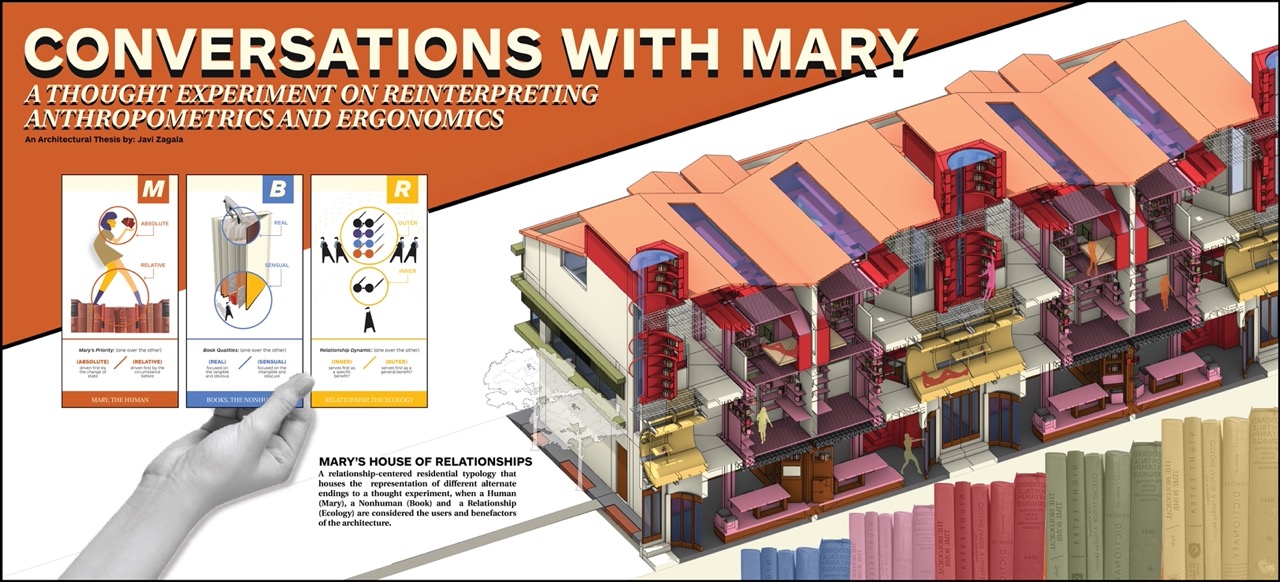
Interpreting Architecture with a Story
“The story involved is called a thought experiment. It is a form of fiction that makes use of stories that can reinterpret bodies of knowledge, like architecture.”
The thesis uses storytelling as a mode of reinterpreting bodies of knowledge. Conversations with Mary is based on the original thought experiment but with its own twist. It encapsulates a great deal of architecture theory and diagrams it according to a spatial output.
The main premise is in how Mary makes use of her spaces. It relates to the ecological aspect of architecture as a means of action based on the user’s prerogative. A pairing of contrasting behaviors labels the attitudes and gestures towards their spaces.
The Relationship Between People and Space
THESIS STATEMENT: In reinterpreting ergonomics and anthropometrics, one can expand the respective design vocabularies by hermeneutically re-contextualizing existing literature and theories of the human and nonhuman interactions by including morality and object oriented – ontology into ecological, heuristic, and architectural concepts.
Dynamics between human and non-human (objects) entities form and map out each personality. The complexities of connection between human agency and their physical environment are a compelling conversation that covers multiple aspects in architecture. Ergonomics relates to designing the nature of interaction between humans and objects. On the other hand, anthropometrics tackles the scale and movement of the body itself.
“Conversations with Mary” invites us to think and reflect deeply on the purposes and meanings that we assign to each space. It condenses their characteristics into a framework that maps out their spheres of influence on spatial experience. Designers can refer to this kind of thinking when planning spaces towards a certain reaction from its users.
From there, a breakdown of habit formation and architecture’s influence on this human condition is established. It serves as the basis that forms the correlation between an object’s characteristics and the user’s reactions. The concepts of equalist, altruism, egoist, and perpetualist serve as the main concepts based on the priorities formed by associations.
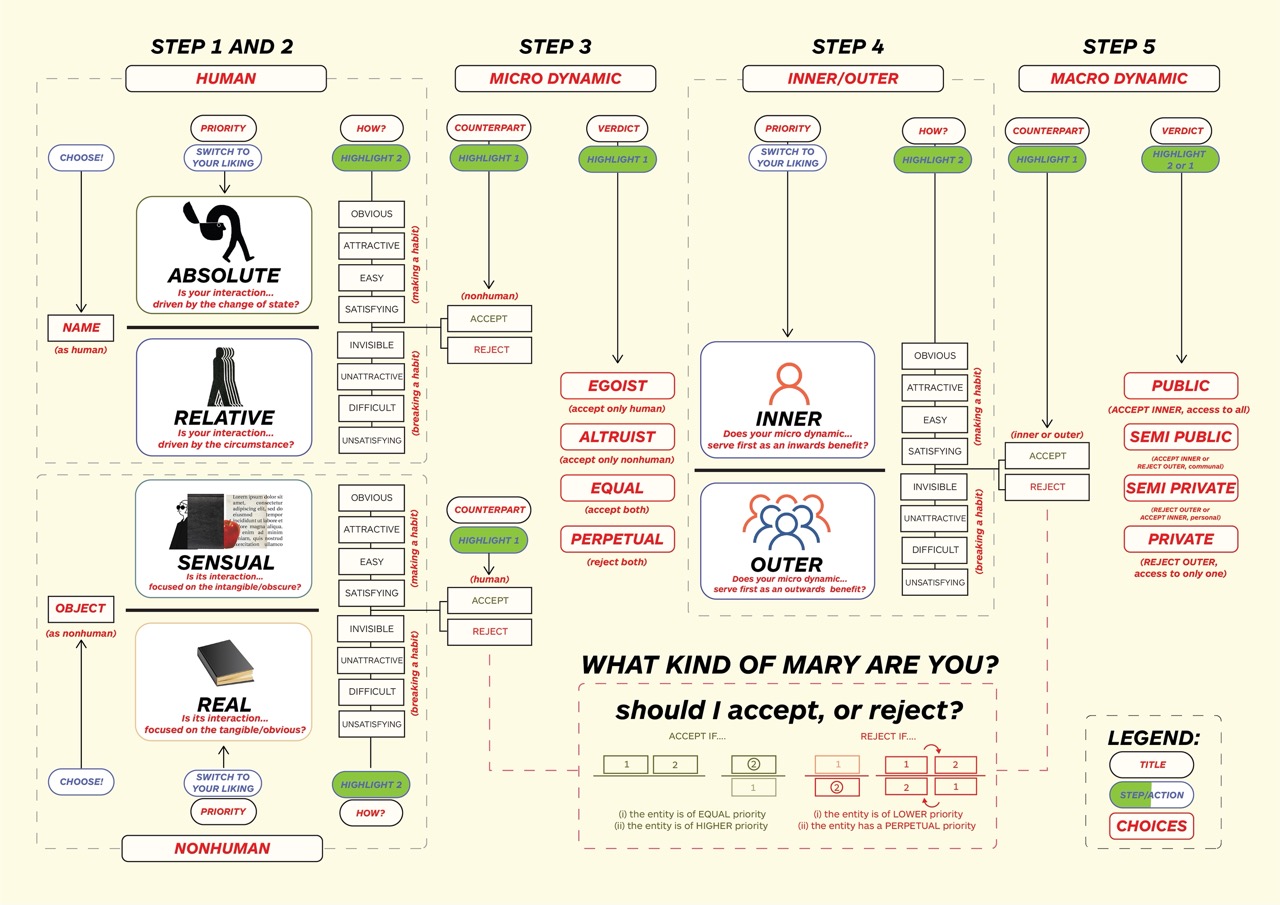
Mary’s House of Relationships
A childhood home of the author’s friend was used to translate these concepts into a more tangible form. Each area of the home can be said to have its own personality based on its architectural programming. The residents of the home described the different perspectives and their feelings for each room.
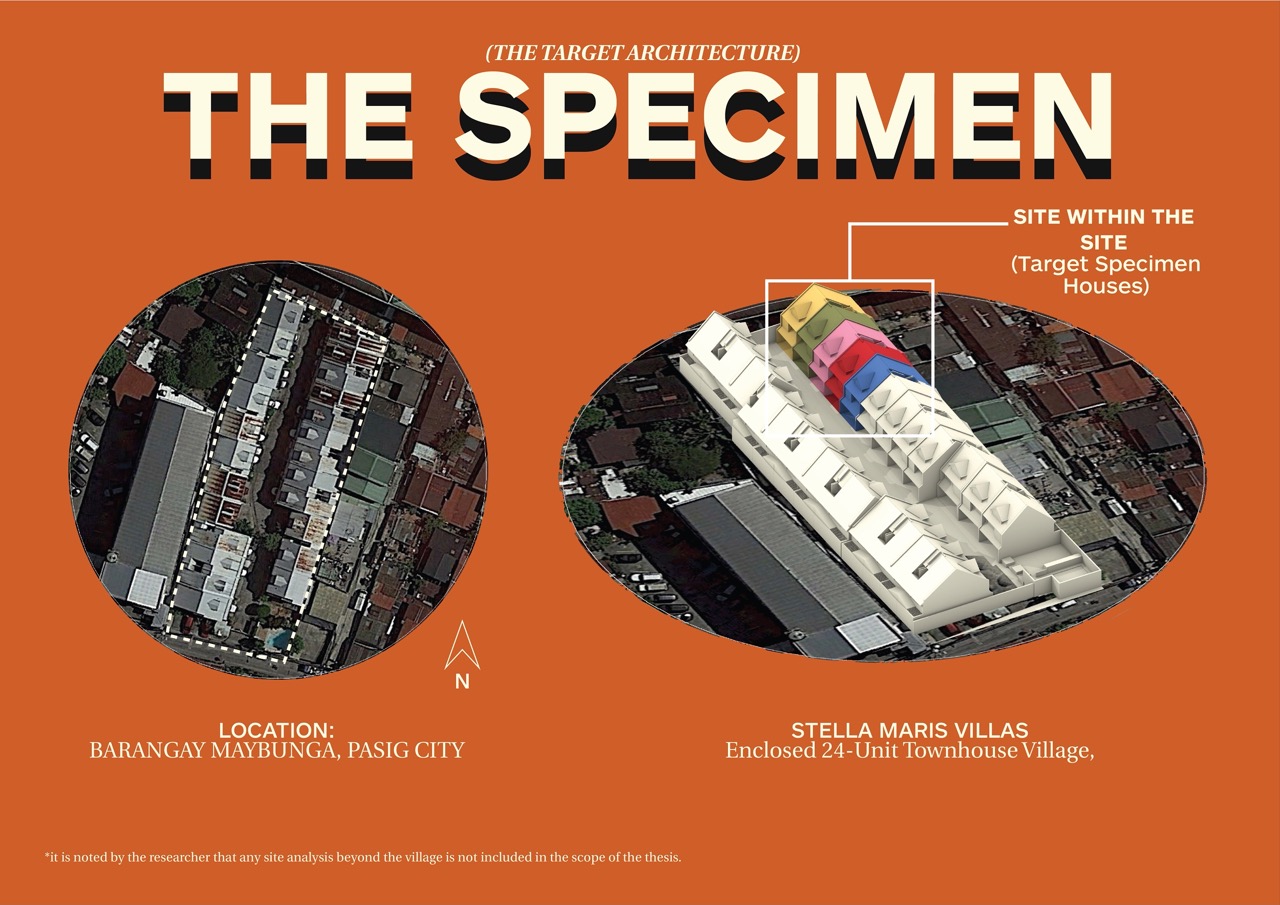
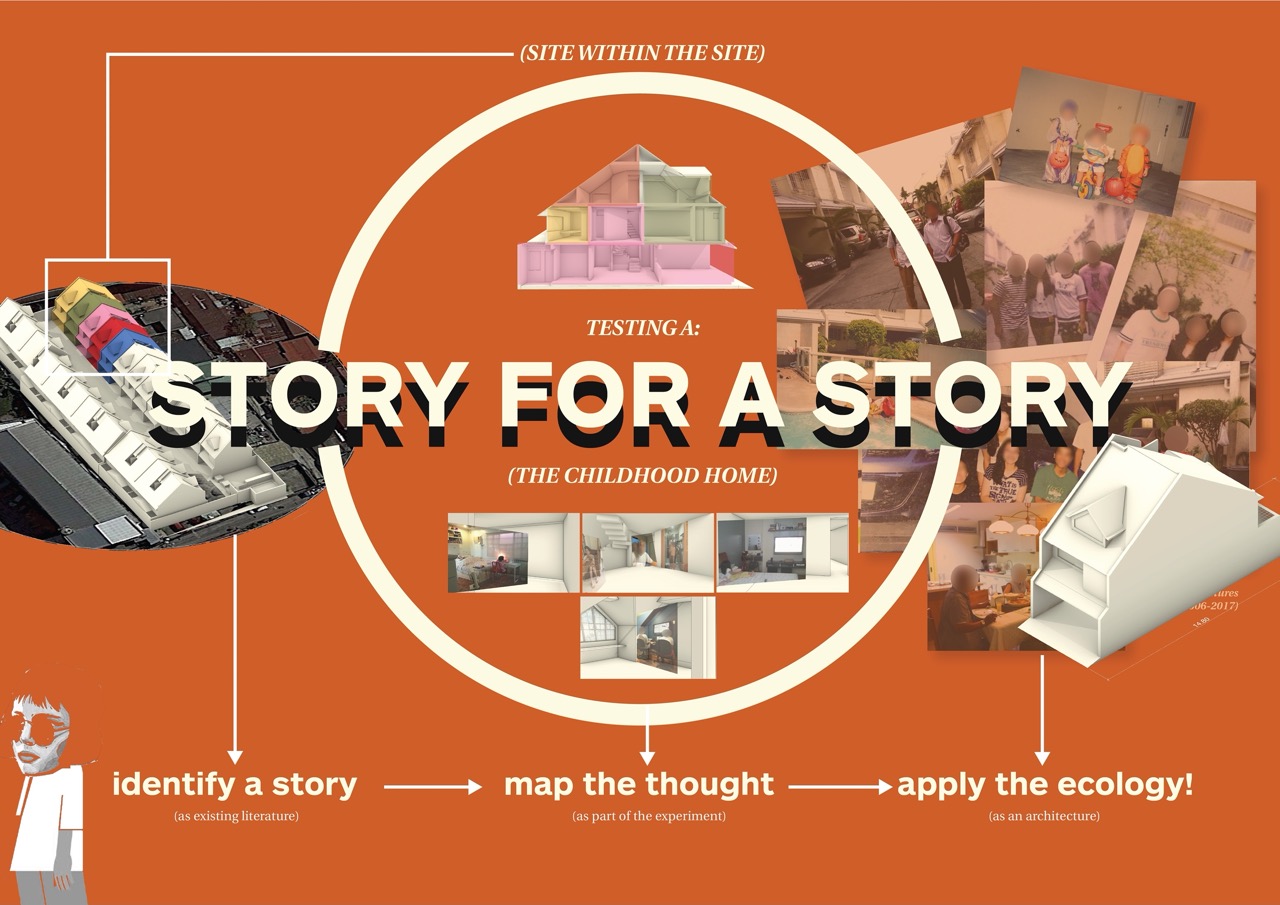
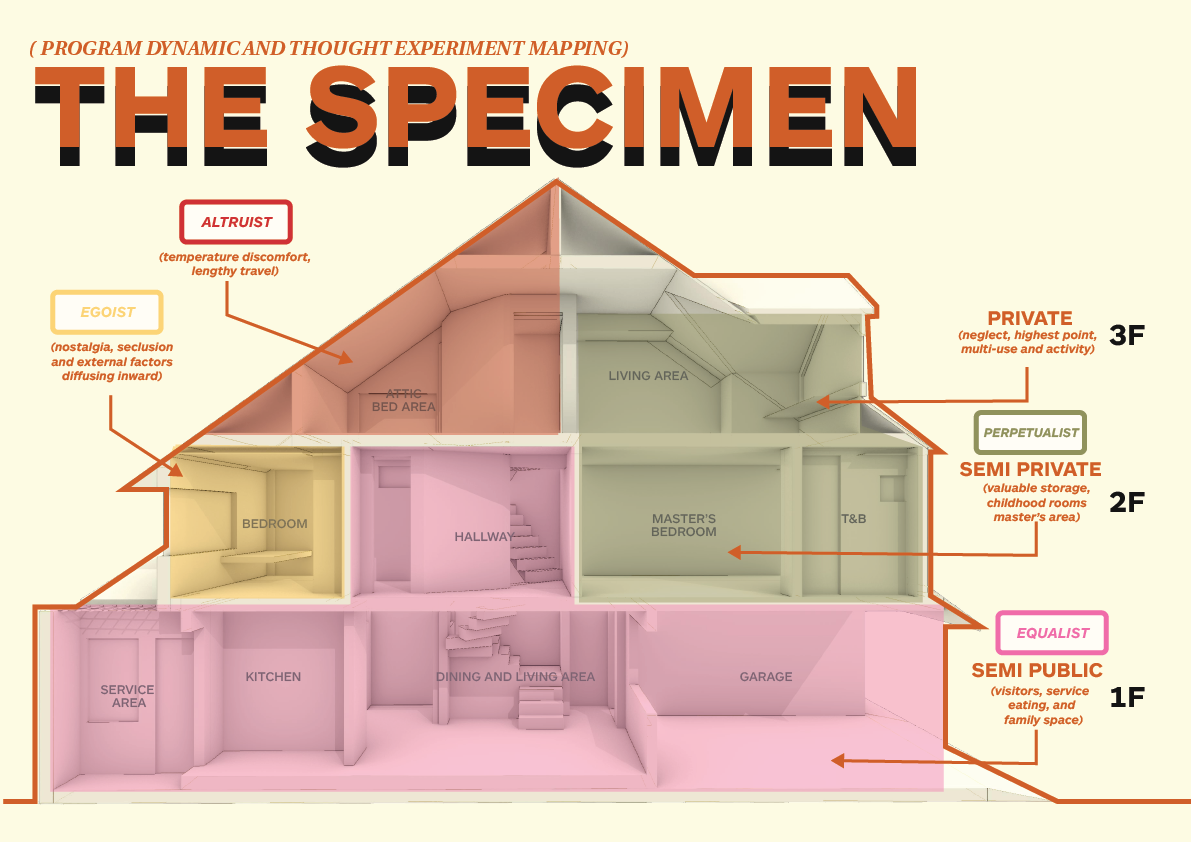
Conversations with Mary deeply explores how built spaces benefit both human and non-human entities by the function and organization that it provides. The thesis utilizes the power of narratives and sequels in contextualizing values and information. These qualities can help one generate architectural concepts by its use of hermeneutical analysis and thought experimentation. In the Youtube Video below, Javi Zagala presents his thesis in his own words.
Read more: Order, nature, and the human spirit—some thoughts on placemaking
Photos and graphics are by Javi Zagala
